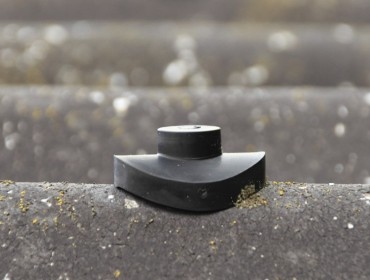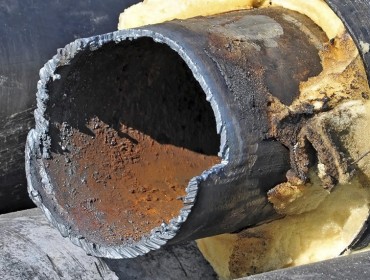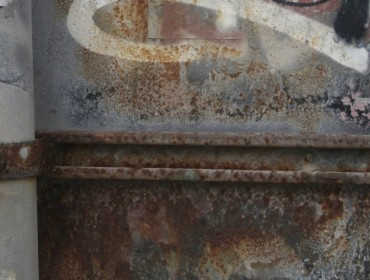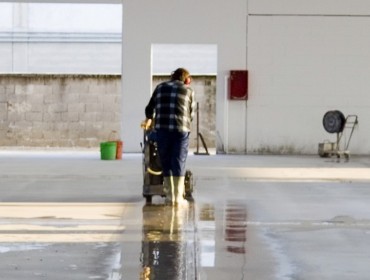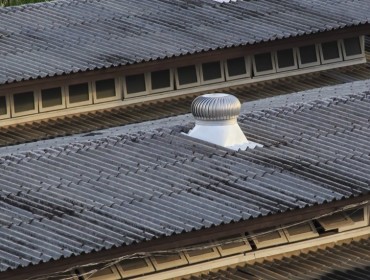Asbestos? Removal might not be the best option
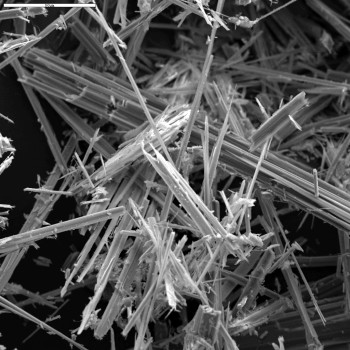
Asbestos was made illegal in 1999, but due to the popularity and availability of Asbestos Containing Materials (ACM) in their hey-day, it’s highly probable that any building built before the year 2000 will contain some form of asbestos.
Asbestos has been linked to diseases, including lung cancer, asbestosis and diffuse pleural thickening, which is why there are such strict guidelines to manage its containment and removal.
Now, you’d be forgiven for thinking that asbestos removal was the only sure fire way of controlling the risks posed by the material, but we’re here to tell you that asbestos encapsulation may be a better option.
According to the Health and Safety Executive (HSE) asbestos materials in good condition are considered safe unless asbestos fibers have become airborne, which happens when materials become damaged. In other words, asbestos that is in good condition, can be left where it is, providing an in-place management plan is exercised; which could be cheaper, safer and prevent downtime.
How does asbestos encapsulation work?
Encapsulation involves covering the asbestos with performance coating that predominantly protects and repairs any damaged asbestos and seals any exposed, raw asbestos edges. By doing so, the process not only increases the useful life of the material and reduces any fibre release through general degradation, but also protects against accidental knocks and scrapes, improving the overall appearance of the material.
Our polyurea technology is applied using water based plural component spray gun and typically only has to be applied once to seal asbestos; even in hard to reach places. What’s more, the flexibility and elongation properties of polyurea mean it won’t flake or crack over time compared to other more traditional materials like polyurethane and epoxies.
Polyurea offer fast and reliable application. Touch dry in around 40 seconds, layers can be built up quickly, which means a school can be returned to full working order in hours, rather than weeks.
With no VOCs, polyurea technologies are also ideal for environments where health and safety is of primary concern, as well as buildings that will remain occupied during the application process.
While many people’s instinct might be to remove asbestos, it’s worth remembering that it’s not necessarily the safest or most cost effective solution. Providing the asbestos is deemed to be in good condition, taking the route of asbestos encapsulation is a highly effective, more affordable way of managing asbestos, not to mention, less hazardous and more efficient.
If you have an asbestos problem which needs sorting, call us today on 01793 772 410.


